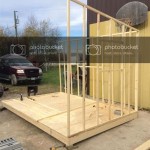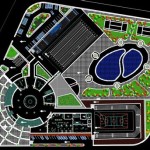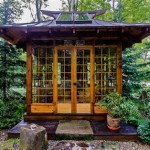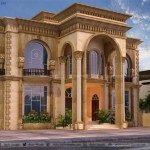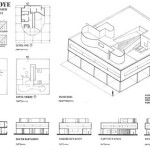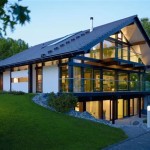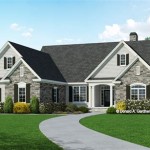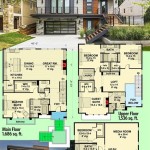Rustic House Floor Plans: A Guide to Essential Elements
The allure of rustic homes lies in their charming blend of earthy elements, natural materials, and cozy comfort. Whether you're planning a new construction or renovating an existing home, understanding the essential aspects of rustic house floor plans is crucial to create a space that exudes rustic character while meeting your functional needs.
Open and Airy Floor Plans
Rustic homes embrace open and airy floor plans that allow for seamless transitions between living spaces. Large windows, high ceilings, and exposed beams create a sense of spaciousness and bring in natural light, enhancing the connection between indoors and outdoors.
Natural Materials and Textures
Natural materials such as wood, stone, and brick are prevalent in rustic floor plans. These materials evoke a sense of warmth and authenticity, adding texture and depth to living spaces. Wood floors, stone fireplaces, and exposed brick accent walls create a cozy and inviting ambiance.
Stone Fireplaces
A stone fireplace is an essential focal point in a rustic home. Its crackling flames and cozy glow create a gathering place for family and friends. The natural beauty of stone adds an organic touch to the interior, while a raised hearth provides a comfortable spot to curl up and relax.
Mudrooms and Pantries
Practicality is key in rustic homes, and mudrooms play a vital role in managing everyday clutter. Designed with ample storage for shoes, coats, and bags, mudrooms help keep living spaces organized. Similarly, spacious pantries with shelves and drawers provide ample storage for food and kitchen equipment.
Outdoor Living Spaces
Rustic homes seamlessly integrate indoor and outdoor living. Covered porches, open decks, and stone patios extend the living space and offer a peaceful retreat surrounded by nature. These spaces are ideal for al fresco dining, relaxing, and soaking up the beauty of the outdoors.
Secondary Living Spaces
To accommodate the needs of families and guests, rustic house floor plans often feature secondary living spaces such as libraries, studies, or game rooms. These private retreats provide a quiet space for reading, working, or enjoying hobbies while still feeling connected to the main living areas.
Balance and Symmetry
While rustic homes embrace natural textures and materials, they also benefit from a sense of balance and symmetry. Symmetrical elements, such as matching windows or built-in shelves, create a sense of order and harmony, complementing the organic beauty of the surrounding environment.
Incorporating Rustic Elements
To infuse your floor plan with rustic charm, consider incorporating elements such as weathered wood beams, exposed brick walls, distressed leather upholstery, and hand-crafted ironwork. These details add character and a sense of authenticity to your home.
Conclusion
By embracing these essential elements, you can create a rustic house floor plan that seamlessly blends comfort, functionality, and a touch of the wild. Whether you're building a cozy cabin or a grand lodge-style estate, understanding these principles will guide you in designing a home that embodies the true spirit of rustic living.

Rustic House Plans Our 10 Most Popular Home

Rustic House Plan With Porches Stone And Photos Floor Plans Porch

Rustic Open Concept Home Plan 3657 Toll Free House Plans Blueprints

Rustic Ranch House Plans Houseplans Blog Com

House Plan 5151 Bryson Ridge Rustic

11 Amazing Rustic Farmhouse Plans For Tight Budget Craft Mart

Rustic House Plans Our 10 Most Popular Home

Charming Rustic House Plans Blog Eplans Com

Mountain House With Open Floor Plan By Max Fulbright Designs Rustic Plans Lake

Charming Rustic House Plans Blog Eplans Com

